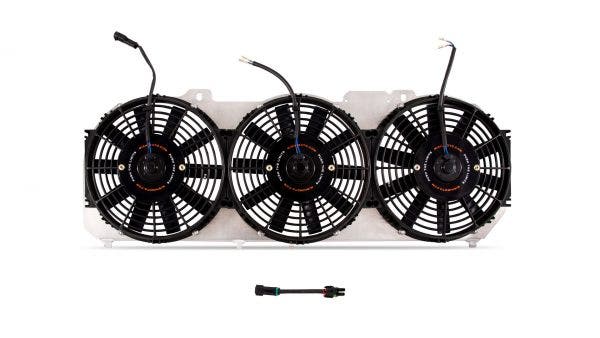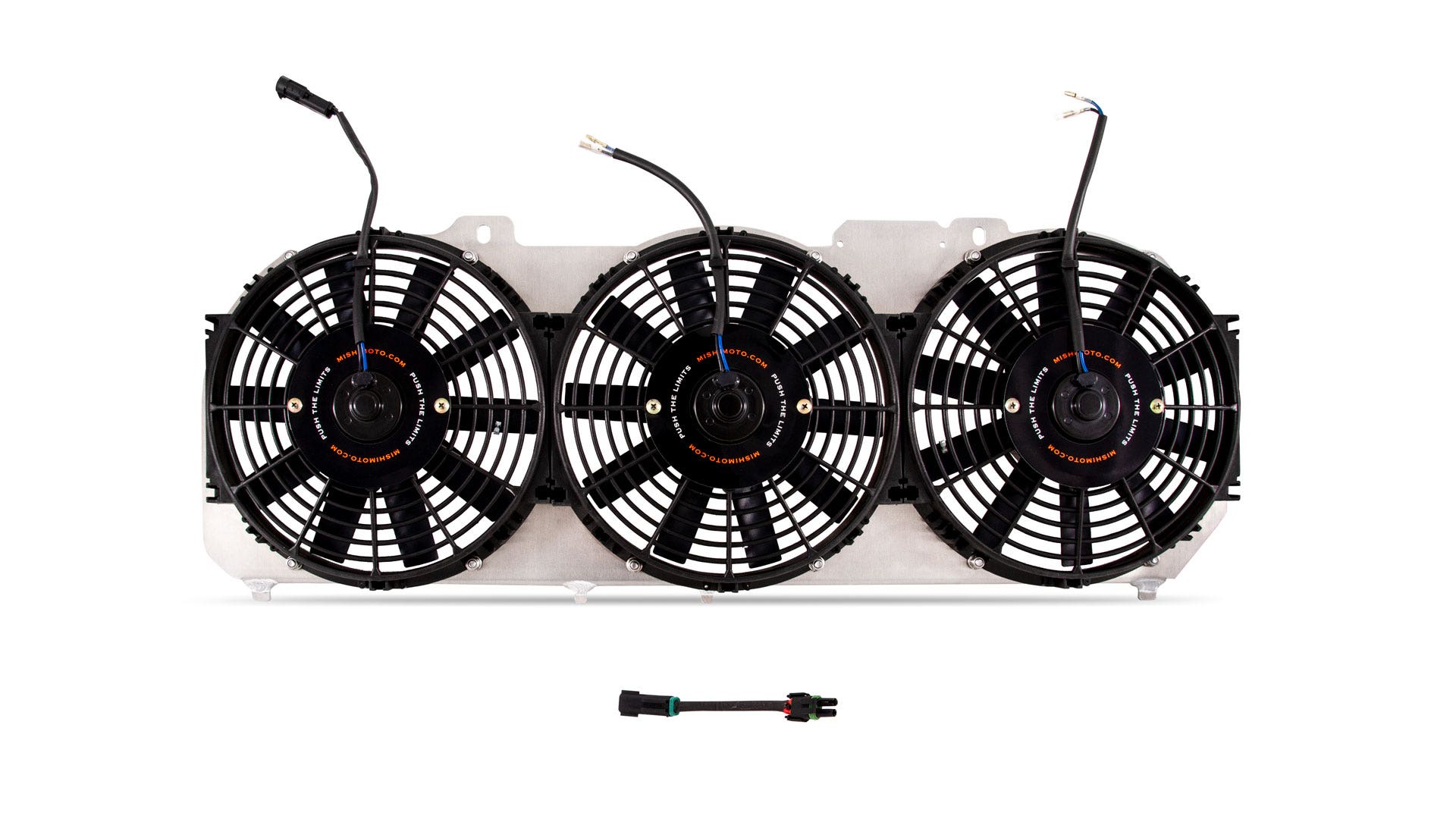
Constant Stride - Fan Shroud R&D, Part 1: Production
Driving off the beaten path is a constant stride. Every throttle input and steering angle change is carefully calculated to overcome the obstacles in front of you. All it takes to break that stride is one misstep. A coolant temp gauge climbing into the red or a wisp of steam from under the hood is enough to take your focus off those obstacles and lock it on your dash. Suddenly, the challenge becomes cooling down your vehicle instead of making it to the end of the trail.
Overheating is an all-too-common occurrence for many Jeep XJ Cherokee owners. Off-roading is also an exercise in low-speed driving and for the XJ's outdated engine fan, it's an exercise in futility. When the XJ's 4.0L engine is churning at a pace just above idle, the archaic engine fan is barely moving air through the radiator. Low fan and road speeds, coupled with the extremely high load of crawling up a steep grade leads to rising coolant temps. The only way to move more air through the radiator with the stock fan is to increase the engine speed or road speed"both could be disastrous in an off-road situation.
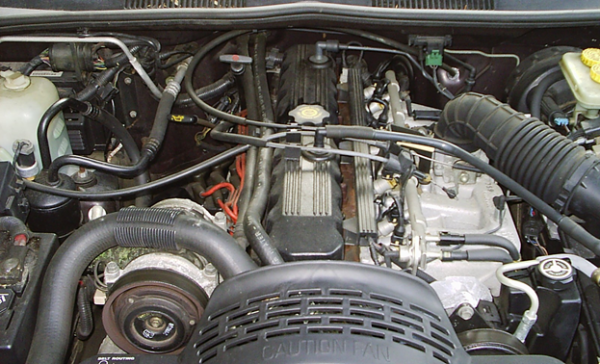
One solution is to ditch the mechanical engine fan and substitute electric fans that spin at a constant rate regardless of engine speed. An even better solution would be to enclose those electric fans in a shroud that tightly hugs the back of the radiator. A well-designed shroud ensures that air is only pulled through the radiator and not from the hot engine bay. But there's a challenge specific to the XJ that makes building a fan shroud like this problematic: space.
The XJ's 4.0L inline-six engine is nearly three feet long from the bellhousing to the front of the crank, and it's longitudinally mounted (front-to-back). That leaves little room in the engine bay to mount fans. Less than four inches exists from the shroud mounting points to the front of the engine, to be exact. With our 10-inch fans measuring 2.36 inches deep, we had just under two inches to work with.
To make the most of the scarce space, we decided to keep our fan shroud in the spirit of the XJ, simple but effective. Two electric fans will take the place of the mechanical fan, while a third acts as the A/C fan. The shroud itself will be made up of a flat sheet of aluminum that attaches to the stock shroud's mounting points. A small lip at the bottom of the shroud will close off the gap between the shroud and the radiator to improve efficiency.
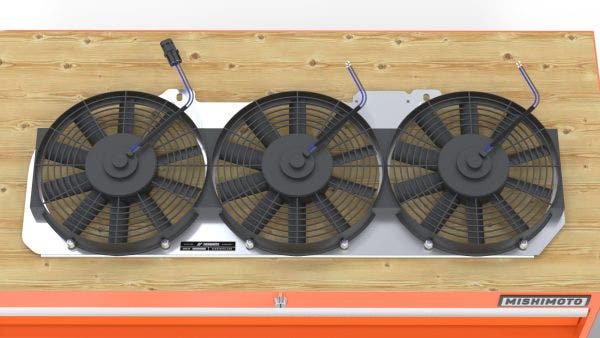
This design is straightforward enough that we could create our prototype in-house using our waterjet. But first, we needed a 3D model. Our engineer, Jason, measured the stock A/C fan and engine fan shroud, then transferred those measurements to our shroud. With this 3D model, we could pass the plans off to our fabricator to make the prototype.
After cutting the fan shroud out of a solid sheet of aluminum on the waterjet, our fabricator welded on the lower mounts and bent the small lip on the bottom. To complete the fan shroud, we bolted on three of our high-flow 10-inch fans.
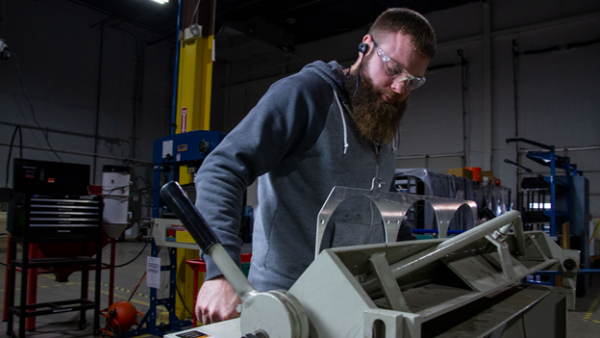
Our prototype was complete, but we still needed to make sure it flowed better than the stock fan. To test this, we first measured how much air the stock fan moved through the radiator at idle and then again at 2,500 RPM. Jason then measured the airflow through the radiator with our electric fans and shroud installed. Because the Mishimoto electric fans run at a constant rate, we knew this airflow would be the same at any engine speed.
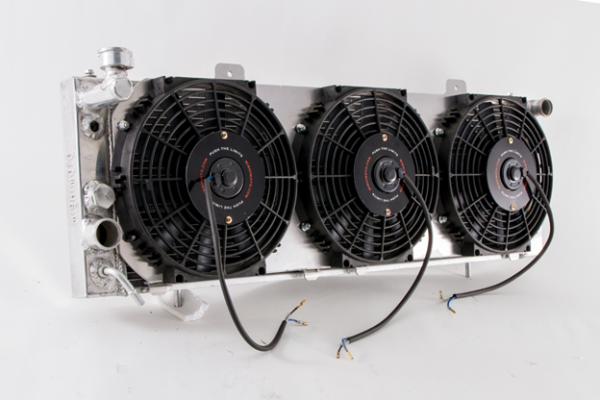
The test results revealed that our fans flowed 41.9% more air than the stock engine and A/C fans at idle and 22% better than both fans at 2,500 RPM. That extra airflow should be more than enough to keep you XJ cool as it steadily climbs whatever obstacles stand in your way.
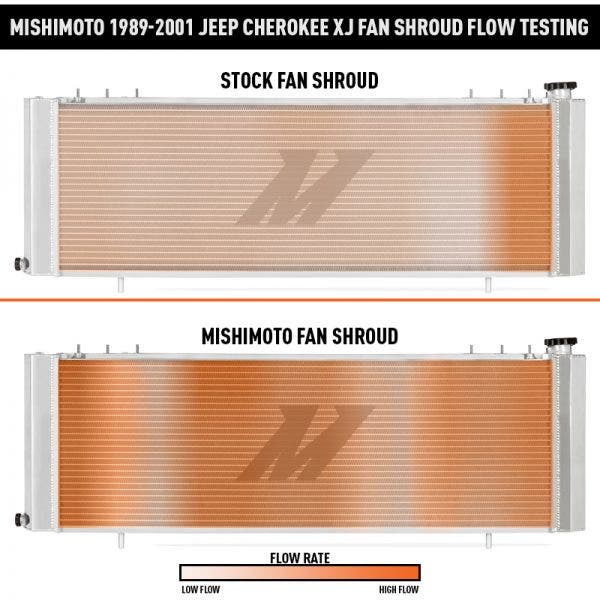
After verifying our fan shroud's ability to out-flow the stock fans, the only thing left to do was make sure it fits. We removed the stock fan from the engine and slid the shroud out from our immaculate donor XJ. The new shroud dropped right in and bolted in with the stock hardware. Jason wired the fans using our thermostatic fan controller, plugged in the A/C fan, and buttoned everything up. The fans and shroud fit like a glove and the optional fan controller ensures they kick on at just the right time. To make life easier for 1997-2001 XJ owners, we'll also be including a jumper to connect the Mishimoto fans directly to the XJ harness.
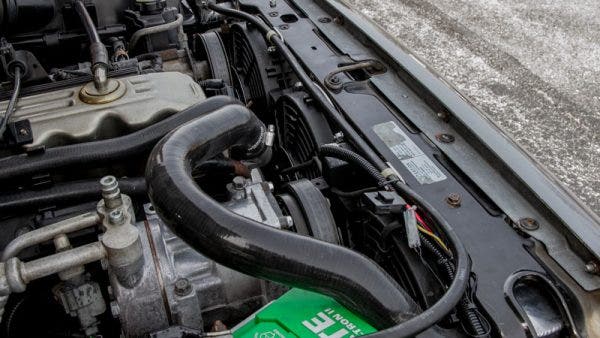
With our testing complete, we can move on to the best part: getting these fan shrouds into your hands. This fan shroud is on sale now, so head over to our website for more details and to get some constant cooling for your XJ. As always, let us know if you have any questions.




